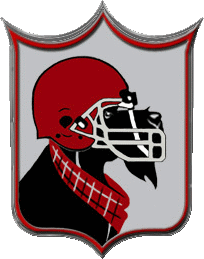|
Currently, most of our research projects are focused on developing new technologies that can
assist referees in making calls during specific game situations (e.g., determining the position of the ball
when forward progress is stopped, determining whether a player has control of the ball).
These key decisions can often change the momentum of a football game dramatically, and it would be
useful to supplement the human referee's decision-making process with additional information.
Using a combination of sensors, wireless protocols, and embedded devices, we are currently working
on developing a smart football that can be tracked in real time in 3D space, even when it is
obscured under a pile of players (making computer vision techniques difficult to use in such
situations). In addition, we are also working on enhancing other athletic equipment (e.g., gloves
worn by the players) that is used during the game in order to track the players' contact with the
football to determine their control and possession of the ball. All of the sensory capabilities
that we provide to the football equipment should allow us to extract key statistics (e.g., hang
time) that will inevitably be useful in training and coaching games, and not just on game day.
The research challenges underlying these projects involve not only designing smart football
equipment that meets the overall objectives, but also to ensure that the resulting equipment does
not detract from the way that the game is played or from the players' level of comfort with the
equipment. To that end, our enhancements aim to be compact in form factor, low in power usage, and
low in weight so that the performance (e.g., torque and weight of the football) of the equipment is
not adversely impacted.
|
|
|
